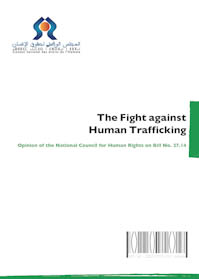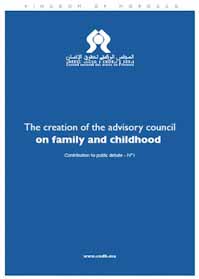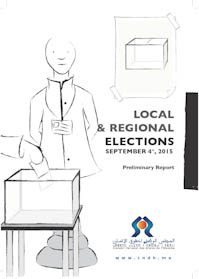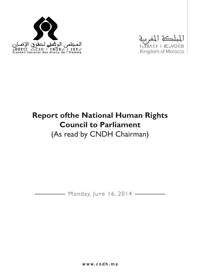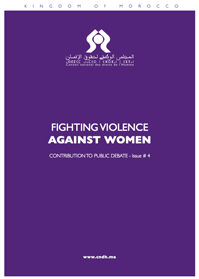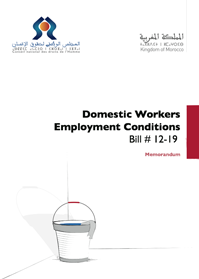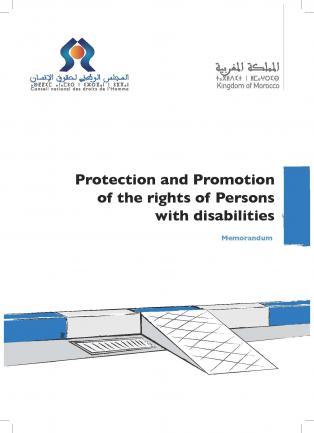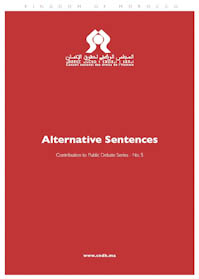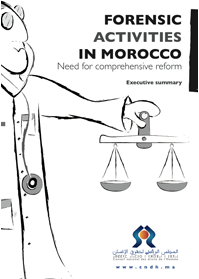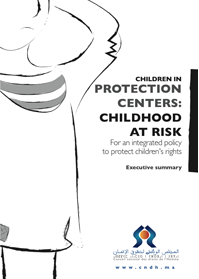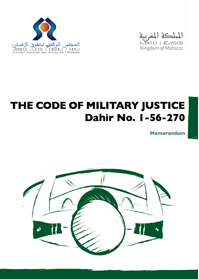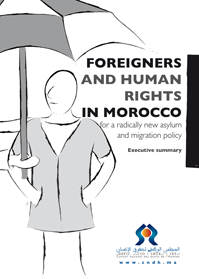Memorandum on CCDH’s report on the events of sebta and melilia
The Advisory Council on Human Rights submitted, on 23 November 2006, to His Majesty the King a report on the events linked to illegal immigration at the borders of the occupied cities of Sebta and Melilia. The Council discussed and ratified the content of this report in its 25th ordinary meeting on 6 May 2006 and included the amendments and suggestions of its members.
This report crowned the work of an ad-hoc committee created by the Council to investigate the said events. It investigated the events and their time in light of direct or indirect human rights violations. Through the work of this committee, the Council concluded that the phenomenon of illegal immigration is complex in terms of factors, contexts and involved actors. It involves several parties at the national and international level. Its treatment requires taking into account several human rights and humanitarian aspects, following an integrated approach of cooperation and partnership at the international and regional levels. In the course of investigations, the committee of the Council met with officials at the central level, representatives of some international organizations accredited in Morocco, human rights associations and other non-governmental organizations. A visit was made to the scene of the events and several local stakeholders were interviewed.
Thanks to the cooperation of all contacted or interviewed parties, the Council was able to:
- Make interviews and queries;
- Hear various parties concerned;
- Collect available information and data and analyze and study the various provided answers and documents;
- Conduct field visits to places where African migrants settled and the borders.
This work has enabled the Council to reach several conclusions and make several recommendations, included in this report. This report is the second thematic report of the Council after its report on the situation in prisons.





